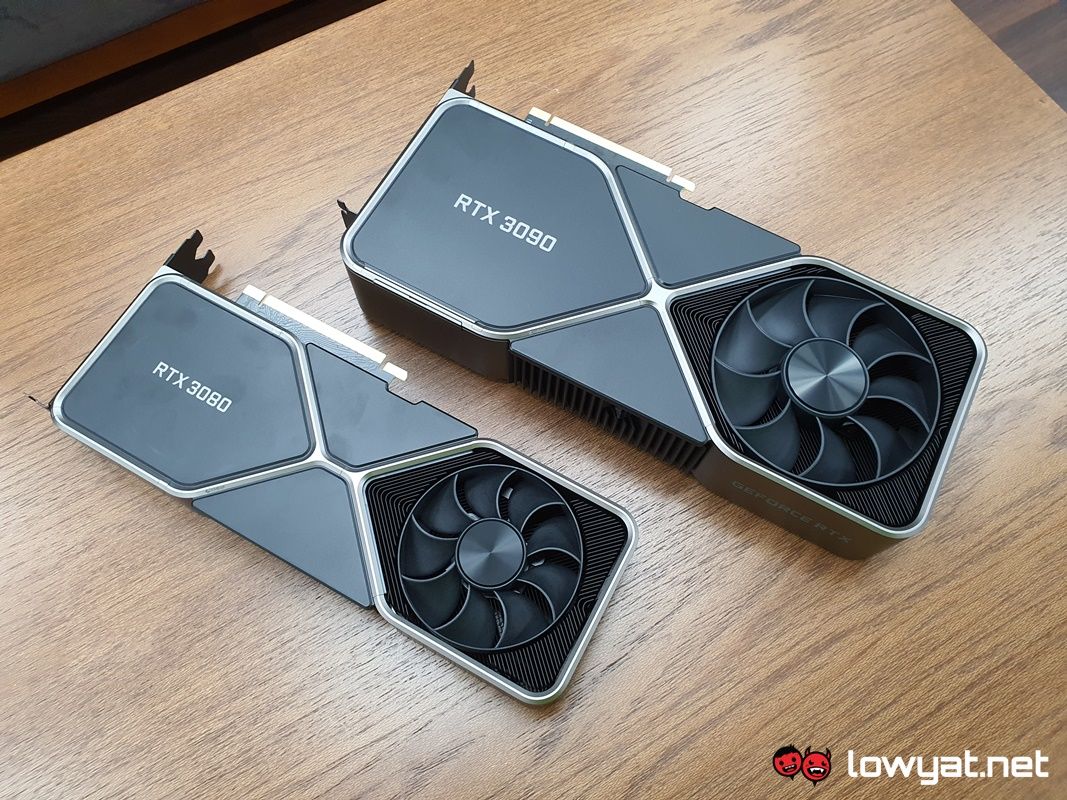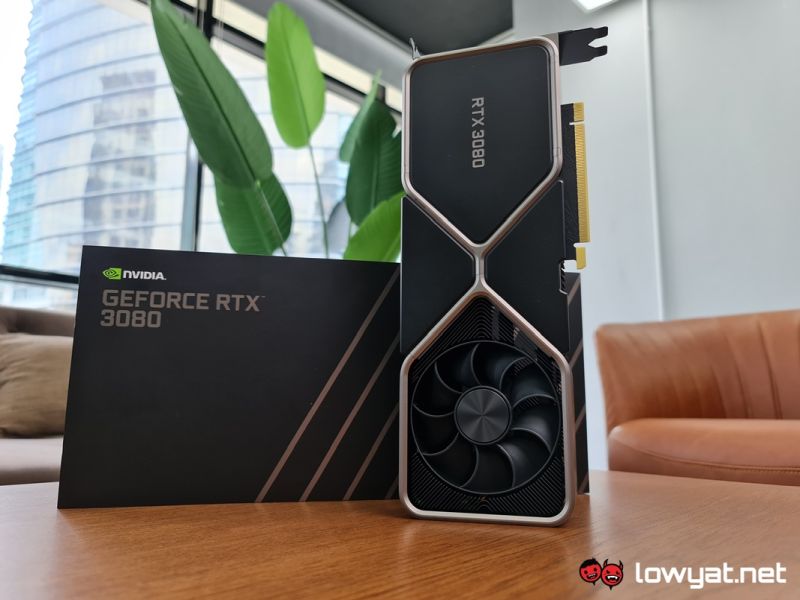While the new series is still expected to be announced sometime in mid-July, leaskter site Videocardz seems to have received information that NVIDIA could see each of the three RTX 40 Series GPUs, on a month-by-month basis. By that, we mean that the RTX 4090 could become available to the masses in August, while both the RTX 4080 and RTX 4070 could hit the market in September and October, respectively. That being said, Videocardz’s sources did caution about the availability, stating that there is a possibility that the exact launch date of each RTX 40 Series card could shift around, on account that some AiB partners will still have lots of RTX 30 Series GPUs left in inventory: it’s an ironic situation, given how the onset of the chip and GPU shortage – brought about by the COVID-19 over the past two years and greedy cryptominers – virtually left a great number of gamers starving for an RTX 30 Series graphics card for the duration of the pandemic. On another note, Videocardz’s sources have also seemingly confirmed that the RTX 40 Series GPUs will be using two different GPUs. The RTX 4090, in particular, will use an AD102 GPU, while both the RTX 4080 and RTX 4070 will have the AD103. Regardless of the GPU model, all three cards will apparently be using a single, unified board, codenamed PG139. Unfortunately, that is where the stream of information ends. As usual, NVIDIA’s boilerplate stance on not commenting on rumours and unfinished products is clearly going to be in effect, so there’s still no official information about the specs of either the RTX 4090 or the other two GPUs. The information that is known, specifically about the RTX 4090 anyway, is that the card could end up having a TDP of 600W or greater, which is far greater than any card currently pulls now, both from Team Green and Team Red. There’s also the leaked images of what is alleged to be the cooler shroud and heatsink of the upcoming RTX 40 series that looked practically identical to the Founders Edition shroud and design of the current RTX 30 series cards. (Source: Videocardz)

